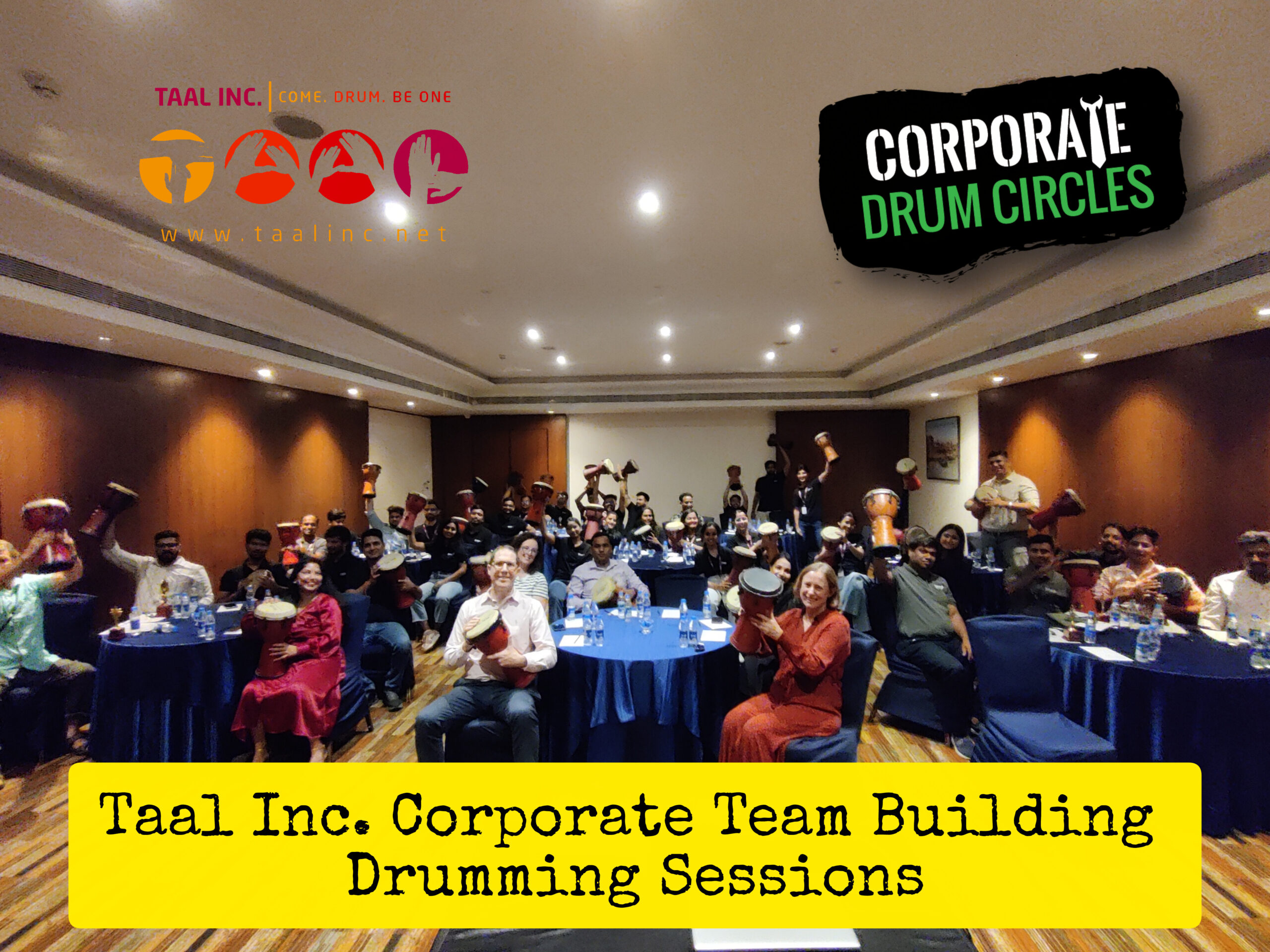The drum circle activity is more than just a rhythmic gathering—it’s a deeply engaging experience that harmonizes mind, body, and spirit. In workplaces, schools, and communities, drum circles are becoming a popular way to build connection, reduce stress, and boost creativity. This ancient art form is making waves in the modern world, helping people reconnect with themselves and each other through the universal language of rhythm.
1. What Is a Drum Circle Activity?
A drum circle activity is a group drumming session where participants sit together in a circle and create rhythms collaboratively. It doesn’t require musical experience—anyone can join and contribute to the flow. This inclusivity makes drum circles suitable for corporate events, wellness retreats, and social gatherings alike.
Each participant adds their beat to the collective sound, symbolizing teamwork and unity. The circle itself represents equality—there’s no audience, no hierarchy, and no pressure. Everyone plays a part in creating something greater than themselves.
2. The History and Cultural Significance of Drum Circles
Drumming has deep cultural roots across civilizations. Ancient tribes in Africa, Asia, and Latin America used drums for rituals, celebrations, and communication. These rhythmic gatherings symbolized community spirit, healing, and expression.
Modern drum circles borrow from these traditions, adapting them into therapeutic and social experiences. In today’s fast-paced world, the return to rhythm reconnects us with a sense of primal unity that technology often dilutes.
3. Why Drum Circles Are Powerful for Team Building
Corporate organizations are increasingly recognizing the transformative potential of drum circles. Unlike typical team-building exercises that focus on competition, drum circles encourage cooperation and synchronization.
When a group drums together, they must listen, adjust, and synchronize their rhythms—mirroring how successful teams operate in real-world scenarios. This natural collaboration improves communication, builds trust, and boosts collective morale.
4. The Science Behind Drumming and Human Connection
Scientific studies show that rhythmic synchronization releases endorphins—the body’s natural “feel-good” hormones—and enhances social bonding. The steady beat of drumming activates both hemispheres of the brain, fostering creativity and coordination.
Furthermore, drumming aligns heartbeats and breathing patterns within a group, creating physiological harmony. This sense of unity reduces anxiety, improves focus, and strengthens interpersonal connections.
5. Mental Health Benefits of Drum Circles
Drum circles are not only fun—they are deeply therapeutic. They serve as an outlet for emotional expression and release. The act of drumming channels stress and frustration into rhythm, helping participants achieve emotional balance.
Psychologists have noted that rhythmic activities can help alleviate symptoms of depression and anxiety. The repetitive beats ground participants in the present moment, encouraging mindfulness and inner calm.
6. The Role of Facilitators in a Drum Circle
A skilled facilitator ensures that a drum circle flows harmoniously. They set the tone, guide the rhythm, and encourage participants to connect both musically and emotionally.
Facilitators often use call-and-response techniques, tempo variations, and energy shifts to keep the group engaged. Their ability to read the room and respond intuitively transforms the experience into something profound and memorable.
7. How to Organize a Drum Circle for Your Team
To organize a drum circle, choose an open, comfortable space—outdoors or indoors—where participants can freely express themselves. Arrange chairs in a circular formation to symbolize equality and inclusivity.
Provide a variety of percussion instruments—djembes, congas, tambourines, or shakers. Ensure that every participant has something to play, as inclusivity fuels the spirit of a successful drum circle. Lastly, define the purpose of the event—team building, relaxation, or celebration—to shape the rhythm’s energy and tone.
8. Drum Circles and Corporate Wellness
As workplaces increasingly focus on mental health and employee engagement, drum circles have found their way into corporate wellness programs. They act as a refreshing alternative to typical workshops and meetings.
Employees experience joy, relaxation, and motivation as they drum in sync. This shared rhythmic energy dissolves workplace hierarchies, builds trust, and enhances interpersonal relationships. It’s no surprise that more organizations are integrating drumming into their leadership retreats and wellness initiatives.
9. The Connection Between Rhythm and Mindfulness
Mindfulness is about being present—and nothing embodies presence better than drumming. Each beat brings participants into the “now,” allowing them to let go of distractions and focus solely on rhythm.
As participants drum, their breathing synchronizes with the beat, creating a meditative flow. This state of mindfulness promotes relaxation, creativity, and focus—making drum circles not only energizing but also deeply grounding experiences.
10. Drum Circles Across India: A Rhythmic Revolution
In India, the popularity of drum circles has surged across cities like Pune, Bangalore, and Delhi. From corporate gatherings to cultural events, people are embracing drumming as a form of connection and celebration.
These sessions often attract diverse groups—professionals, artists, and wellness enthusiasts—who come together to create music, laughter, and joy. The rise of drum circles marks a movement toward holistic wellness and emotional rejuvenation in modern Indian culture.
11. Emotional Healing Through Rhythm
Drumming allows emotions to flow freely without words. Participants release pent-up energy, sadness, or stress through rhythm, achieving a sense of catharsis.
This emotional release promotes healing and self-awareness. By connecting with rhythm, individuals rediscover their inner balance and feel more centered and empowered.
12. Tips for Maximizing Your Drum Circle Experience
To make your drum circle experience truly engaging, embrace spontaneity. Don’t focus on playing perfectly—focus on feeling the rhythm. Listen to others and respond naturally to the beats around you.
Encourage moments of improvisation and laughter. The more authentic and free-flowing the session, the more powerful and memorable the collective energy becomes.
13. The Final Beat: Finding Unity Through Rhythm
A drum circle isn’t just about drumming—it’s about connection. It’s a reminder that harmony comes from listening, collaborating, and respecting each rhythm in the circle.
In today’s fast-paced world, joining a Delhi drum circle can be a beautiful way to pause, reconnect, and rediscover the joy of shared human energy. Through rhythm, we find unity, and through unity, we find peace.
